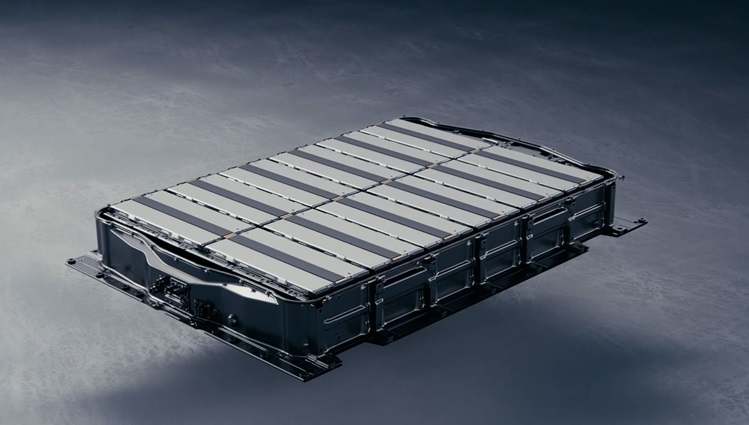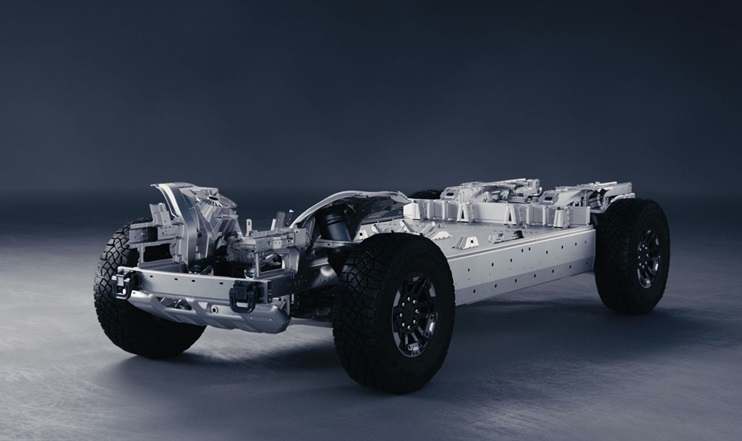General Motors (GM) is making significant strides in battery technology, exploring Battery innovative solutions to improve the performance, cost, and practicality of electric vehicles (EVs). The automaker recently revealed its plans for a mixed-chemistry battery innovation pack in a patent filing published by the United States Patent and Trademark Office (USPTO) on November 28, 2024. This cutting-edge approach aims to blend the best of different battery chemistries, optimizing EV functionality while addressing existing challenges.
Let’s break down what this means for the future of electric mobility and how GM’s strategy compares to other advancements in the EV battery landscape.

What Are Mixed-Chemistry Battery Packs?
Mixed-chemistry battery packs integrate different types of battery cells, each with unique advantages, into a single system. GM’s patent outlines a plan to combine nickel manganese cobalt (NCM) cells with lithium iron phosphate (LFP) cells—or similar chemistries. Here’s how these components work:
- NCM Batteries: Known for high energy density and superior performance, NCM cells are ideal for delivering power and range. However, they are more expensive to produce.
- LFP Batteries: While less energy-dense, LFP cells are more cost-effective and durable, making them suitable for applications that prioritize longevity and affordability.
By dividing the two chemistries into distinct modules within the pack, GM envisions leveraging the strengths of each type while compensating for their respective weaknesses.
How It Works: Smart Battery Management
A key feature of GM’s approach is the integration of a sophisticated controller. This controller would monitor critical factors such as:
- Temperature: Ensuring optimal operating conditions for each chemistry.
- State of Charge (SOC): Balancing energy levels between modules to avoid imbalances.
In situations where one chemistry is less efficient or unsuitable, the system could bypass that module, maximizing the pack’s overall performance. For instance, LFP cells might handle low-power, long-duration tasks, while NCM cells take over during high-demand situations like rapid acceleration.
Benefits of Mixed-Chemistry Battery Packs
GM’s mixed-chemistry solution offers several compelling advantages:
- Cost Efficiency:
By incorporating cheaper LFP cells alongside NCM cells, GM can reduce the overall cost of the battery pack without compromising performance where it matters most. - Enhanced Performance:
NCM cells provide higher energy density and power output, ensuring the vehicle delivers strong performance and extended range when needed. - Faster Charging Options:
Certain chemistries, like NCM, charge more quickly than others. The ability to prioritize these cells during charging could reduce overall charging times. - Smaller Battery Packs:
The strategy could lead to smaller, lighter battery packs by minimizing the need for oversized packs designed to compensate for slower charging or lower energy density. - Sustainability:
Mixed-chemistry designs help conserve raw materials by integrating more widely available and less resource-intensive components like LFP.

Challenges and Solutions
One of the primary concerns with mixed-chemistry packs is charge imbalance. This occurs when different chemistries within a pack deplete or recharge at different rates, potentially reducing the pack’s overall capacity.
GM’s solution? The controller system dynamically manages charging and discharging, isolating cells when necessary to maintain balance. This intelligent oversight ensures both chemistries work harmoniously, avoiding inefficiencies.
How GM’s Innovation Compares to Others
GM isn’t alone in exploring mixed-chemistry battery packs. Here’s how their efforts stack up against other companies:
- CATL:
The Chinese battery giant recently unveiled a mixed-chemistry pack aimed at improving charging speeds for plug-in hybrids. - Our Next Energy (ONE):
In 2022, U.S.-based ONE demonstrated a battery pack capable of delivering an impressive 600-mile range in a BMW iX, nearly doubling its EPA-rated range using mixed-chemistry technology. - Mercedes-Benz:
The German automaker has developed hardware that supports the integration of mixed cell types, laying the groundwork for future advancements in this area.
GM’s approach focuses on balancing cost and performance, potentially making mixed-chemistry batteries accessible to a broader range of EVs, from budget-friendly models to high-performance vehicles.
Implications for EVs and the Automotive Industry
The development of mixed-chemistry battery packs could address several key challenges facing EV adoption:
- Affordability:
Lower battery costs make EVs more accessible to a wider audience, accelerating the transition to electric mobility. - Improved Range and Performance:
By combining chemistries, automakers can deliver EVs with longer ranges and better performance without inflating costs or battery sizes. - Faster Charging:
Mixed-chemistry packs could enable quicker charging solutions, alleviating one of the primary pain points for EV owners. - Resource Conservation:
Reducing reliance on scarce and costly materials aligns with sustainability goals, helping automakers meet environmental targets.
GM’s exploration of mixed-chemistry battery packs is part of its broader strategy to lead the EV revolution. By blending cutting-edge technology with cost-effective solutions, the automaker aims to deliver vehicles that are not only high-performing but also accessible and sustainable.
As the patent moves from concept to implementation, it will be fascinating to see how GM incorporates this technology into its future EV lineup. Whether it’s extending range, slashing costs, or speeding up charging times, mixed-chemistry batteries could play a pivotal role in shaping the next generation of electric vehicles.
For EV enthusiasts and industry observers alike, GM’s innovation offers a glimpse into a smarter, more efficient future for electric mobility. The road ahead looks promising—and increasingly electric.
Related Post
